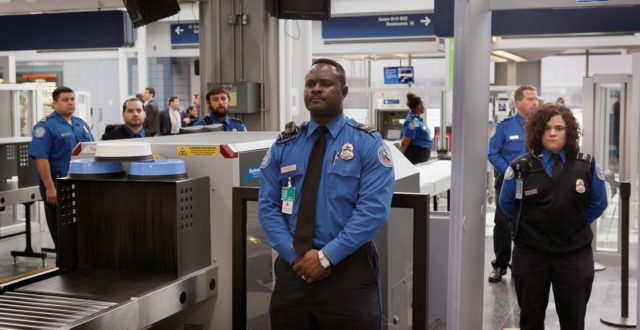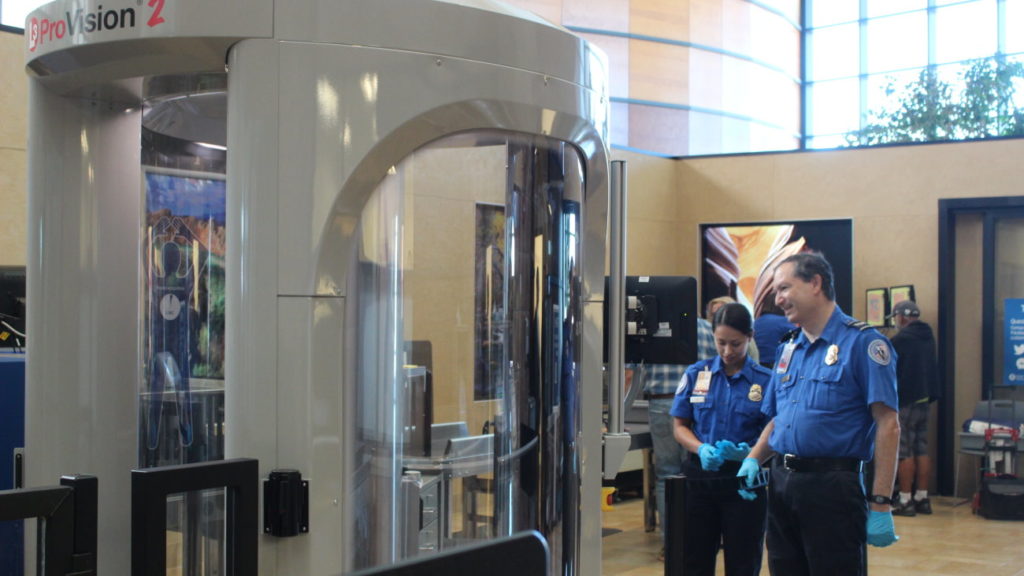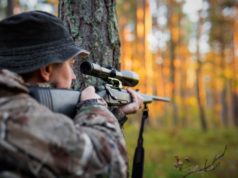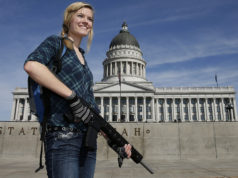In recent undercover tests of multiple airport security checkpoints by the Department of Homeland Security, inspectors said screeners, their equipment or their procedures failed 80% of the time, according to a source familiar with the classified report.
When ABC News asked the source if the failure rate was 80 percent, the response was, “You are in the ballpark.”
In a public hearing after a private classified briefing to the House Committee on Homeland Security, members of Congress called the failures by the Transportation Security Administration disturbing.
Rep. Mike Rogers went as far as to tell TSA Administrator David Pekoske, “This agency that you run is broken badly, and it needs your attention.”
Pekoske was confirmed by the Senate this summer.
Inspectors “identified vulnerabilities with TSA’s screener performance, screening equipment and associated procedures,” according to a statement from the Department of Homeland Security.
The statement added that the findings remain classified but that eight recommendations have been made to the TSA to improve checkpoint security. It is not clear what those recommendations are.
The news of the failure comes two years after ABC News reported that secret teams from the DHS found that the TSA failed 95 percent of the time to stop inspectors from smuggling weapons or explosive materials through screening.
That report led to major changes ordered at the TSA by then–Homeland Security Secretary Jeh Johnson. The agency opened a training academy for transportation security officers and changed procedures to reduce long lines.
Although lawmakers described the TSA’s performance in this round of testing as poor, it was an improvement from two years ago, according to the source familiar with the report.
In the public hearing today on Capitol Hill, members pushed for the full implementation of a program using new scanning equipment that creates a 3-D image of bags, giving screeners better ability to spot possibly dangerous items.
The equipment is being tested in TSA checkpoints in at least two airports, but software and installation challenges have slowed wider implementation.
Rep. Bill Keating suggested that money is being diverted from the agency to build President Trump’s promised border wall.
“We have the technology and resources to do it, but we’re not doing it because … we’re paying for a wall,” Keating said.
He also noted that Viper teams, specially trained Homeland Security units that use canines to secure transportation facilities, are being cut from 31 to eight.
It is not clear when the report will be released publicly.
The TSA said in a statement that it “concurs with the DHS OIG [Office of Inspector General] findings and is committed to aggressively implementing the recommendations.”
“We take the OIG’s findings very seriously and are implementing measures that will improve screening effectiveness at checkpoints,” Pekoske said. “We are focused on staying ahead of a dynamic threat to aviation with continued investment in the workforce, enhanced procedures and new technologies.”








